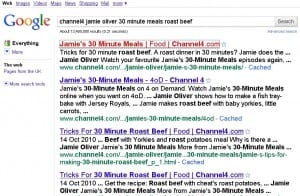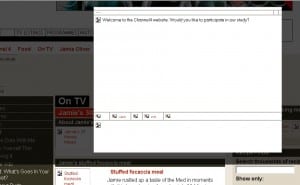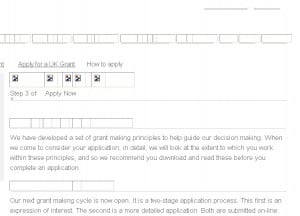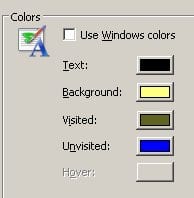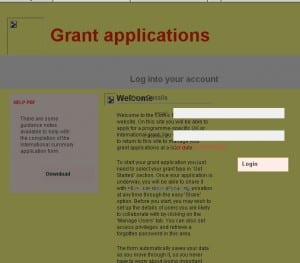Live blogging can be an effective tool as demonstrated at the Graduate School Conference (http://gradconf11.blogs.lincoln.ac.uk/) but there’s also value to be had from reflection and blogging after the event. I felt the conference was a huge success and the high number of people returning to the auditorium at 4.15 was testament to a great day. I can’t select a highlight – there were so many!
Anyone who’s attended a student based conference will know the value of an eclectic range of presentation content and style. The mixing and matching of subjects and expertise provided audience experiences which were in turn provocative, intellectual, surprising, entertaining and above all educational. I learned so much – all of it relevant and interesting. Limiting presentations to quarter of an hour and maintaining good time keeping meant the parallel sessions ran well. The Arts, Sciences and Humanities were all represented and the attendant mix of home and international students with academic and support staff provided opportunities for discussion on a wide range of issues. The conference theme was networking and that was indeed the primary function of the day.
I think, on reflection, what I took away and has stayed with me, is the importance of balance. Opening the conference, Mike Neary quoted Castells on how we are all living in a networked society with increasingly digital lifestyles and ways of working. Mike suggested increased levels of contact through digital networks is leading to disconnection on the ground. The sense of community is getting lost. The processes of online social interaction are not only gaining dominance but are becoming divisive, leaving behind those with analogue roots and privileging the manipulation of digital communication and control. Ironically, the participation in digital networks is ultimately a solitary one. What is missing – and is needed – is the balance between digital and human interaction. Together they make a whole and that lies at the heart of the university experience; opportunities to take disparate approaches and put them together, to investigate alternative practices, try something you’ve never done before, learn something you didn’t know but which adds quality to your life. Well run, well organised, student-based conferences like this one offer the essential exposure to difference which reminds us that diversity really is what it’s all about.
